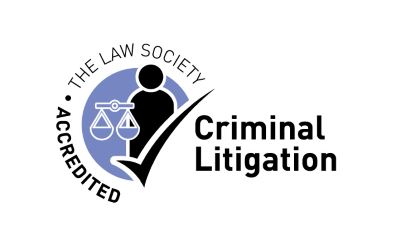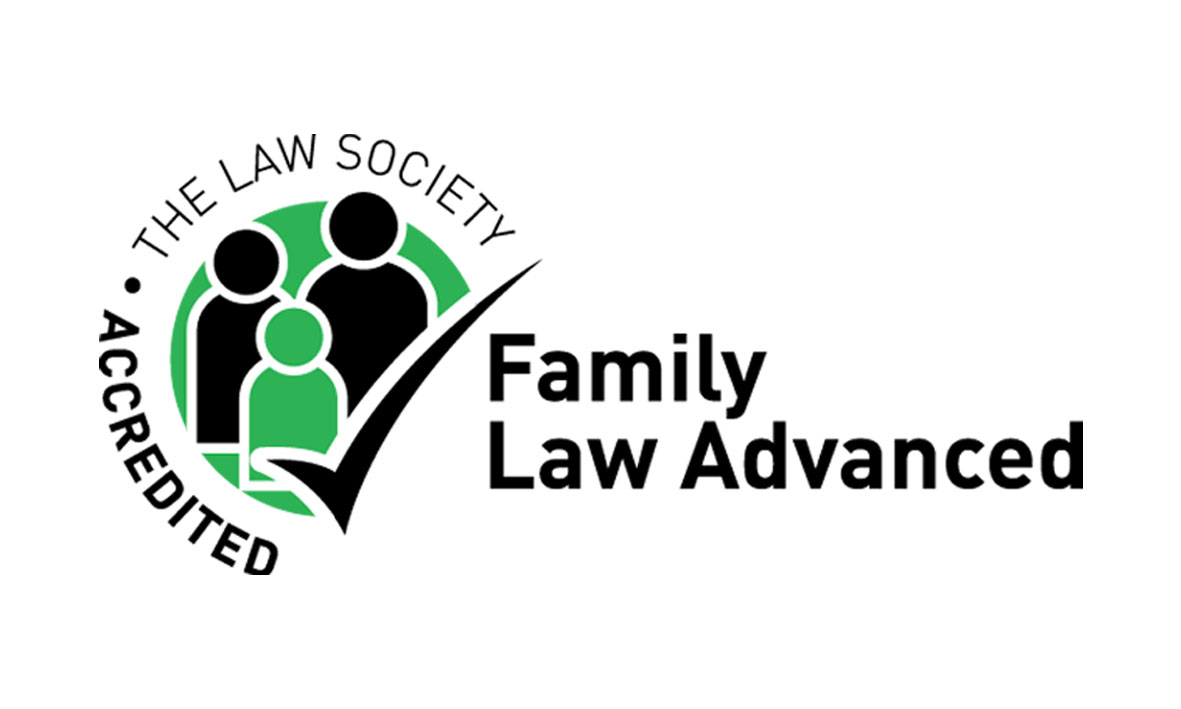We have specialists in many areas of legal practice. Make an enquiry today: 0330 333 2613
Japanese Knotweed
WEED YOU BELIEVE IT?!
When you are buying a property one of the last things on your mind is likely to be the garden and the plants or weeds within the same. You may consider its size and perhaps the way it faces to ensure the best of the summer!
However in the conveyancing process we do come across problems with certain varieties and unfortunately this is not something we can check on your behalf. If you appoint a surveyor to undertake a homebuyer they will generally look for evidence of varieties which are known to cause problems but the sellers may have cut them down (whether innocently or intentionally as very few clients have ever heard of problems from these plants) or believe they have "weeded" as a tidying exercise to assist with a sale. It can also be harder to identify or spot different species at different times of the year.
One of the most common is Japanese knotweed. This was introduced into Britain in the 19th century as an ornamental plant and over time it has become widespread in a range of habitats, including roadsides, riverbanks and derelict buildings. It outcompetes native plants and animals.
The presence of Japanaese Knotweed on your property could affect the mortgagbility and therefore salability and even could affect immediately neighbouring property.
What Japanese knotweed looks like
- lush green in colour
- shovel shaped leaves
- stem is bamboo like in appearance
- produces white flowers around September or October
- can grow by 10cm a day
It spreads through its underground stem and stem segments, rather than its seeds. The weed can grow a metre in a month and can grow through concrete and tarmac, damaging buildings and roads. Studies have shown that a 1cm section of rhizome can produce a new plant in 10 days. Rhizome segments can remain dormant in soil for twenty years before producing new plants.
What to do if you see Japanese knotweed
- If you have Japanese knotweed on your land you may be causing a private nuisance to surrounding properties.You should seek specialist advice.
- If Japanese knotweed on a neighbouring property is causing a nuisance to you, we would always recommend that you co-operate with the landowner and seek to control the problem amicably, rather than resort to legal action.
This is an issue under Common Law and the Environment Agency has no powers in this situation.
The Wildlife and Countryside Act 1981 states that it is an offence to "plant or otherwise cause to grow in the wild" any plant listed in Schedule nine, Part II of the Act. This lists over 30 plants including Japanese knotweed, giant hogweed and parrot's feather.
It's down to landowners to control these plants, but they don't have to remove them. However, causing the plants to spread by removing or disposing of them incorrectly would be illegal.
The police are responsible for investigating any offences and each police force has a wildlife liaison officer who can be contacted. If the police can't take action, a civil action may have to be taken against a person to ensure that the invasive plants on their land are controlled.
If you wish to remove the Japanese knotweed before the area is used for development you should closely follow the advice we provide in the knotweed code of practice, or employ a contractor to do so for you.
If you are using a contractor to remove the waste for you, they must be registered with the Environmental Agency as a waste carrier.
If you don't need to remove the knotweed urgently, a combination of herbicide treatment and careful excavation should eventually remove the problem.
Chemical control
Japanese knotweed is sensitive to a range of herbicides. The most effective time to apply herbicides to Japanese knotweed is in late Summer. This is much more damaging to the underground rhizome system than applying herbicides in Spring.
A qualified person should carry out the treatment and contractors must have a National Proficiency Tests Council (NPTC) certification. Permission from the Environmental Agency is needed before herbicides can be used in or near watercourses.
Herbicide treatment may have to be used for at least three years before Japanese knotweed stops growing back. Even when the plant stops growing back, any soil removed from the area is likely to have dormant rhizome and must be disposed of as described within the knotweed code of practice.
Site trials have shown that combining digging and herbicide treatment is more effective in controlling Japanese knotweed than just applying herbicides to the plant. This because the digging breaks up the rhizome, which stimulates leaf production, making the plant more vulnerable to herbicide treatment.
Physical control
Cutting can be used to reduce underground biomass. Treating fully-grown stems in late summer provides the most effective herbicide control. If it is not possible to treat the mature stems (eg because of spray-drift), the stems can be cut in the spring and the re-growth treated in late summer. This reduces the height of the canes. The plant should be cut at the base of the stem. Cutting methods that produce fragments, such as flailing, should be avoided as just a small part of the stem can produce a new plant.
Studies have shown that with four cuts a year the plant loses vigour and underground biomass. The first cut should be carried out when the first shoots appear and the last cut should be done when the plant before it dies back in the autumn (September or October). Annual cutting will be required. Cut stems should be thoroughly dried before they are burnt or taken to landfill.
Whenever japanese knotweed is moved from a site precautions must be taken to ensure that it doesn't spread to other areas. It will also need to be disposed of properly.
You should contact your local authority to see if they offer a collection service or have a list of sites which can accept Japanese knotweed waste.
Otherwise you can look in the Yellow Pages or local directory to see if there are waste management sites or a waste carrier in your area who can take it. You will need to check that they are authorised to take the waste.
Controlled burning
Japanese knotweed waste can be burnt on site under controlled conditions. If the waste is burnt, such burning must take into account any local by-laws for nuisance or pollution that may occur as a result of the activity. Anyone working on the site should use protective clothing and face visors.
Any businesses burning Japanese knotweed waste may need a D7 exemption for burning waste in the open. Private individuals burning Japanese knotweed waste don't need a D7 exemption but they must keep within its key conditions.
Private individuals who intend to burn Japanese knotweed waste don't need to inform the Envioronmental Agency but should inform the local authority as a matter of best practice.
Burial
Soil containing Japanese knotweed material and burnt remains of Japanese knotweed may be buried on the site where it was produced. The material should be covered with a root barrier membrane and then buried at least 5 metres deep with inert fill or topsoil.
Anyone burying Japanese knotweed waste should inform the Environmental Protection Agency at least one week before burial takes place.


Elliot Mather LLP maintains professional indemnity insurance in accordance with the rules of the Solicitors Regulation Authority. Details of the insurers and the territorial coverage of the policy are available for inspection at our offices.
Registered Office: St. Mary's Court, St. Mary's Gate, Chesterfield, Derbyshire, England, S41 7TD
VAT Number: 126 3019 03
Regulatory Notice: Elliot Mather LLP is a limited liability partnership. Partnership number OC321320.
Authorised and regulated by The Solicitors' Regulation Authority. To view code of conduct visit www.sra.org.uk/code-of-conduct.page










